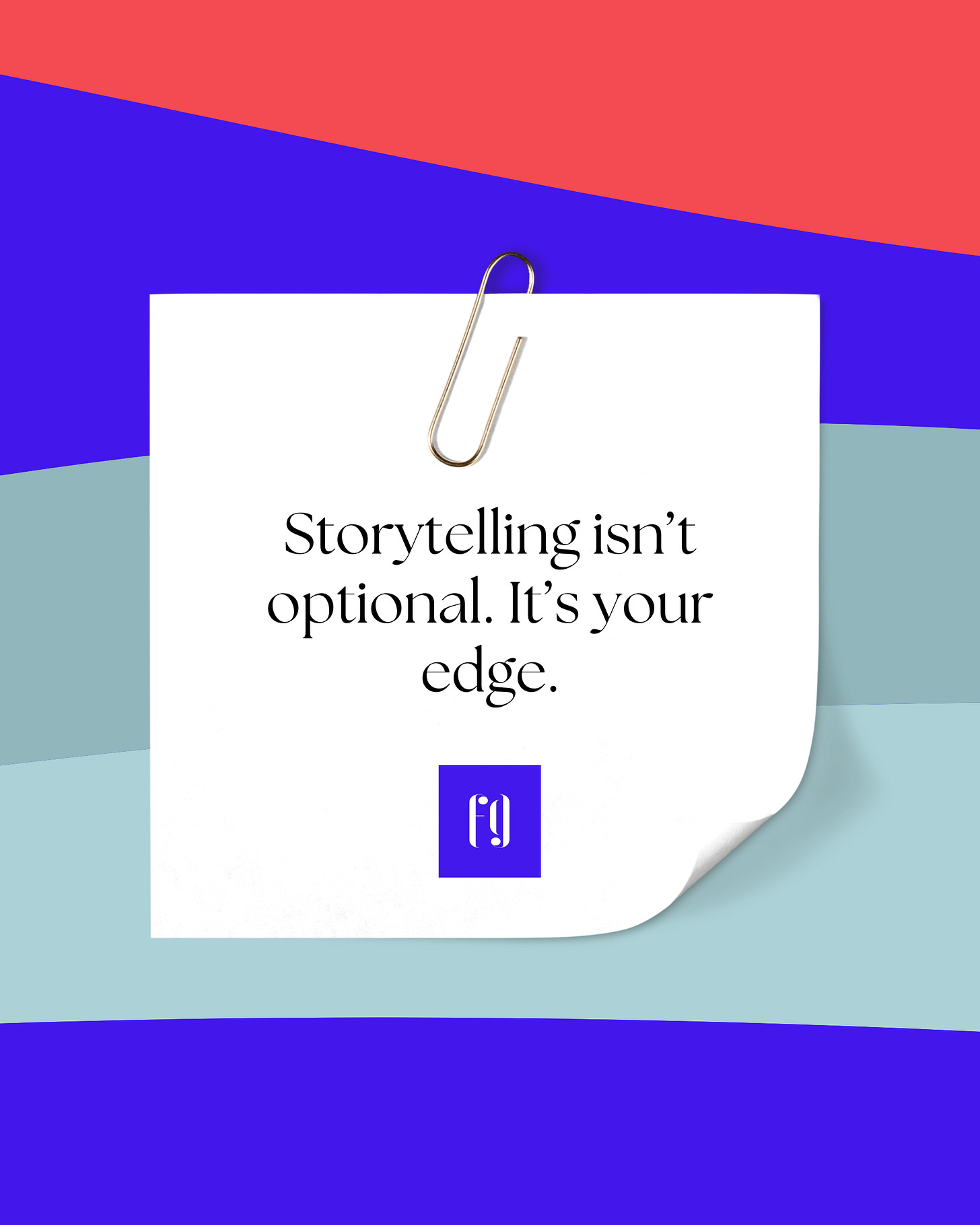Storytelling isn’t optional—it’s your edge
Why strategic narratives are a strong currency in Investor Relations
In today’s capital markets, information is everywhere, all the time. Earnings are dissected in real time by AI and robots. Competitors move fast. Macro headwinds shift the conversation overnight. Against this backdrop, one thing sets companies apart: the ability to tell a compelling, consistent story.
Investor communications are no longer about just reporting the facts. They’re about shaping the lens through which those facts are viewed. Storytelling—when done right—doesn’t distort reality. It adds context. It connects the dots. It shows how your results link to your strategy, your execution, and your long-term value creation.
The best-performing companies know this. They don’t just disclose. They communicate. They don’t just share numbers. They lead with narrative—before, during, and after each earnings cycle. And in doing so, they build credibility, clarity, and conviction.
A strong investor story is grounded in substance: clear positioning, measurable progress, and strategic alignment. But it’s also delivered with intention. That means reinforcing your key messages across earnings releases, presentations, Q&A prep, conferences, road show and any other IR events—not once, but over time. Repetition builds recognition. Consistency builds trust.
The bottom line? If you’re not shaping your own narrative, someone else will. Analysts will fill in the blanks with information gathered from your peers. Investors will draw their own conclusions. And your valuation may reflect uncertainty instead of potential.
In 2025, storytelling isn’t a “nice to have” in IR. It’s a strategic asset—and your most underused competitive edge.




